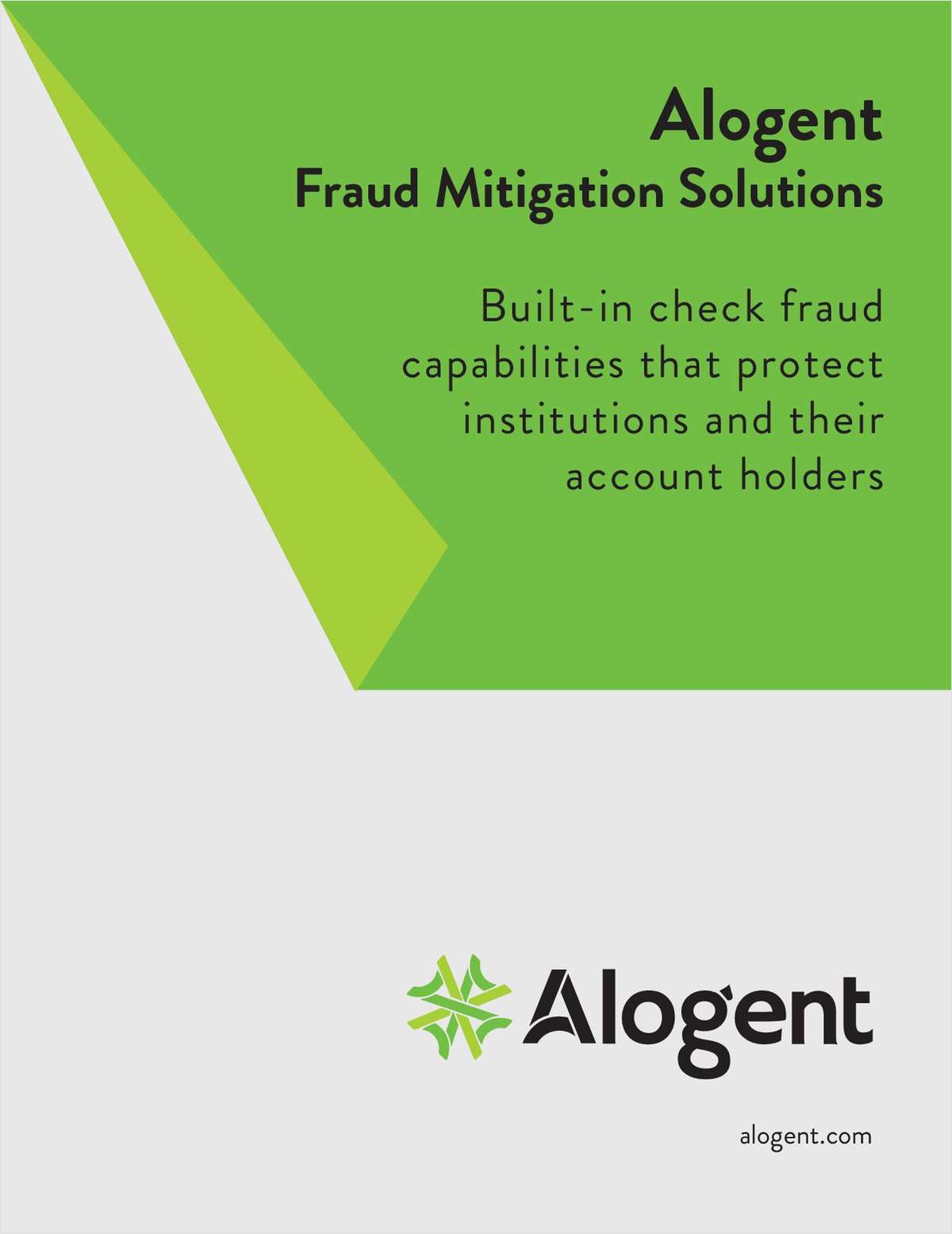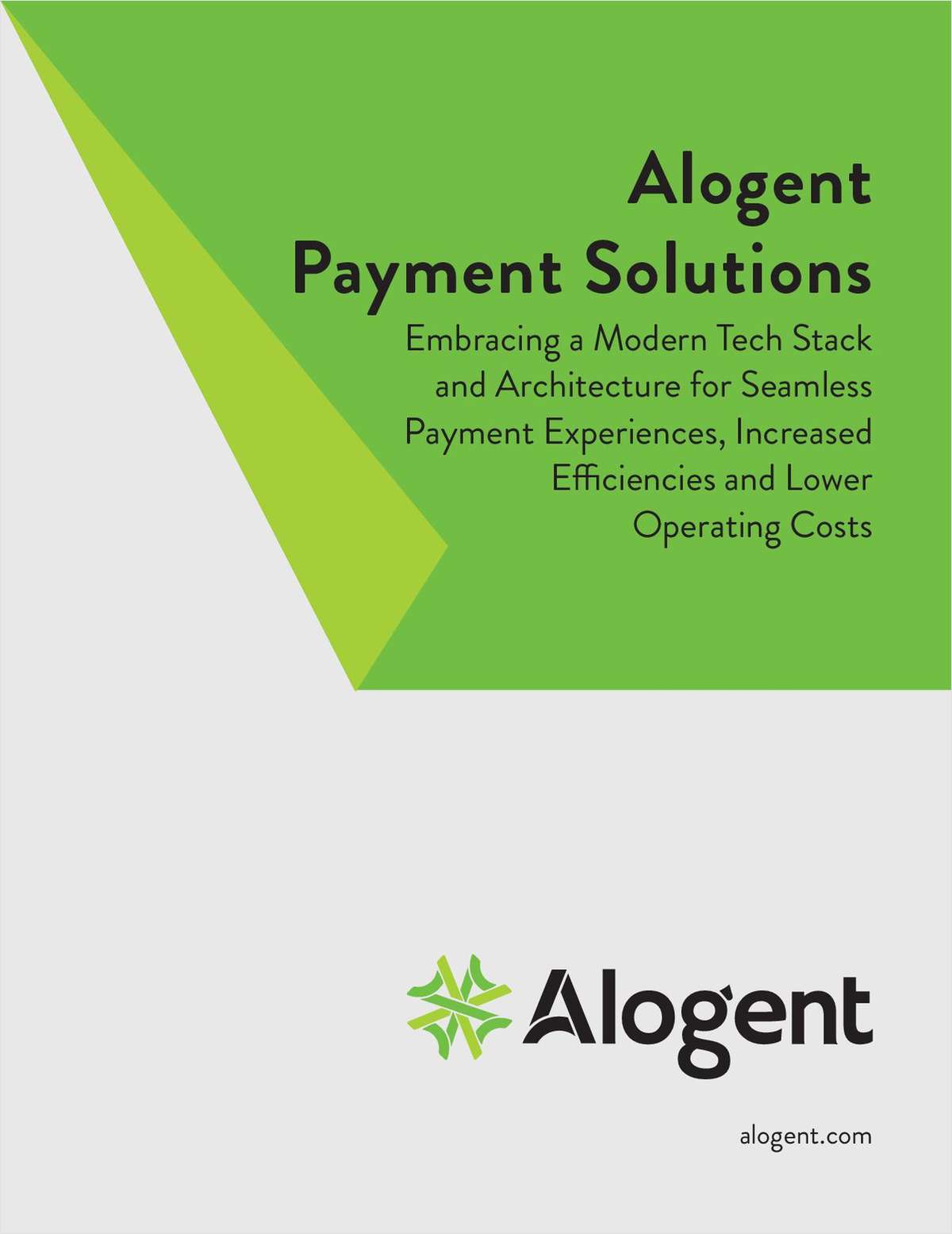The unceremonious late July firing of long time NASCUS CEO Doug Duerr, described vaguely as "a difficult decision" in a release issued over the signatures of NASCUS Chair Jerrie Lattimore and NASCUS CU Council Chair Loren Rush, caught many of us by surprise. The official reason given by NASCUS' elected leadership for showing Duerr the door was that "it was time for new leadership to guide (the organization) through future challenges," whatever that means. After years of loyal service and major organizational accomplishments, the shamefully curt news release announcing his departure contained only a brief mention of Duerr: "We thank Doug Duerr for his service and wish him well in his future endeavors," but only after stating that "effective August 1, 2003, (veteran staff Vice President of State Regulatory Affairs), "Mary Martha Fortney was named acting president and CEO to lead our association." The release also said that "NASCUS has enjoyed many successes over the past ten years." That's as close as it came to even hinting that CEO Duerr had anything to do with those successes. It is more than likely the real reason Duerr was dumped only weeks before the group's 38th Annual Conference and Symposium in Vail, Colorado, was because attempting to serve two masters day in and day out finally caught up with him. To his credit, he managed to walk the tight rope between the regulators and state-chartered credit unions for 10 years. In case anyone has forgotten, NASCUS stands for the National Association of State Credit Union Supervisors. It calls itself an "umbrella organization," but it has always been an organization of state regulators run by state regulators for state regulators. Only they can call the shots on important issues such as hiring and firing the umbrella organization's CEO. In their minds, did Duerr at some recent point forget that? The fact that state regulator members pay only a fraction of the group's $1.5 million operating budget (approximately $165,000) takes nothing away from the fact that it is their organization. Ditto the fact that regulators represent a minority at the group's annual conference which derives its big numbers and most of its income from officials and staffers from state-chartered credit unions. Ironically, the slogan of this year's upcoming meeting is, "Taking the Charter of Choice to New Heights" and features a mountain climbing theme. It may prove to be a tough climb without a full-time CEO in place. Or is there one waiting in the wings to be announced in Vail? The largest player under the NASCUS umbrella is the NASCUS Council. It is the closest thing state-charters have to a trade association to represent their interests much like NAFCU is dedicated to FCUs. The Council is costly yet toothless. It is not a trade association. It is beholden to the regulators. Which leads to this question: How effective would NAFCU be if it was part of an umbrella organization along with federal regulator NCUA in which NCUA officials made all the important decisions? Under these circumstances, Duerr did a good job. He took a small, largely ineffective organization with a well-documented checkered past, to a level of respectability. NASCUS was never as fiscally sound or as effective before he came on the scene with a bushel basket of previous credit union trade group experience. Duerr also recognized the importance of the dual chartering system and the special needs and opportunities of state-chartered credit unions. He knew as presently structured, NASCUS was not the NAFCU for state charters and never would be as long as regulators were in charge. That realization probably contributed to his demise. Whoever replaces him, no matter how qualified, will immediately face the same challenges and frustrations that Duerr was able to work through longer than any previous NASCUS CEO. Who will it be? Mary Martha Fortney is certainly well qualified to eliminate the "acting" from her new title. She is a tireless worker, well respected and liked, with valuable NASCUS and pre-NASCUS experience and contacts. What about Jonathan Lindley? He's held top posts in various segments of the financial services industry including within the credit union industry. He's been an association CEO, is an astute politician, and knows his way around the block. Then there's Geoff Bacino, a former NCUA Board Member, well-known in credit union circles, and a co-founder of the short-lived state credit union association that was eventually merged into NASCUS. Or is the NASCUS leadership looking to make a fresh start by bringing in an outside association executive who will work cheap? Whomever they choose, that individual will have the same two strikes against them as Duerr, namely, trying to serve both the regulators and state-chartered credit unions at the same time, an impossible task. Duerr's departure, for whatever reason, could mark an important turning point for NASCUS. Now would be the time for state regulators to have their own little group devoted strictly to regulator issues. As currently structured, the NASCUS CU Council should be eliminated. A completely separate, trade association should replace it. Its board should hire a top CEO who can create and manage an association for state charters similar to what NAFCU has been doing for FCUs for 36 years. CUNA's CEO Dan Mica has often stated that he would love to see a merger between CUNA and NAFCU. That will not happen, nor should it. Credit unions are better served by having two national, rival trade groups. Three would be even better: CUNA and its state leagues for all credit unions; NAFCU for FCUs; NASCU (National Association of State Credit Unions) for state charters. With state-level taxation and UBIT threats, the need for a truly independent state CU trade group has never been greater. Duerr will be missed, but his firing has created a window of opportunity for state-chartered credit unions. Indeed, it is "time for new leadership," leadership that can make bold decisions. Comments? Call 1-800-345-9936, Ext. 15, or Fax 561-683-8514, or E-mail [email protected].
Complete your profile to continue reading and get FREE access to CUTimes.com, part of your ALM digital membership.
Your access to unlimited CUTimes.com content isn’t changing.
Once you are an ALM digital member, you’ll receive:
- Breaking credit union news and analysis, on-site and via our newsletters and custom alerts
- Weekly Shared Accounts podcast featuring exclusive interviews with industry leaders
- Educational webcasts, white papers, and ebooks from industry thought leaders
- Critical coverage of the commercial real estate and financial advisory markets on our other ALM sites, GlobeSt.com and ThinkAdvisor.com
Already have an account? Sign In Now
© 2024 ALM Global, LLC, All Rights Reserved. Request academic re-use from www.copyright.com. All other uses, submit a request to [email protected]. For more information visit Asset & Logo Licensing.









